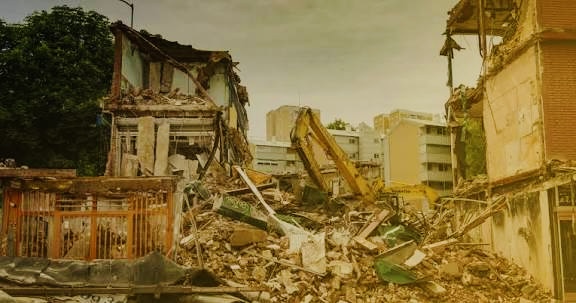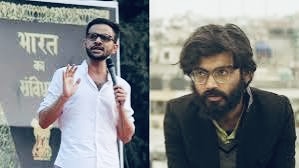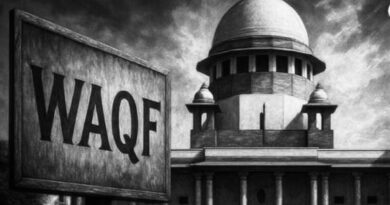SC reaffirms rule of law, pushes back against “bulldozer justice”
Introduction
In a recent statement, Chief Justice of India (CJI) B.R. Gavai emphasized that the Indian legal system operates under the rule of law, not through “bulldozer justice.” His comments, drawing on his past decisions, are particularly significant as the judiciary’s autonomy and the executive’s approach to law enforcement face heightened public scrutiny. The CJI’s statement upholds the constitutional principle that justice in India is based on the rule of law.
The Bulldozer Justice
The term “bulldozer justice” symbolizes administrative actions where state authorities demolish homes or properties of alleged offenders without prior notice or due process. Critics argue that these actions violate constitutional rights such as equality before the law, protection of life and personal liberty, and procedural fairness. Governments defend these demolitions as deterrents against illegal activities, but civil rights activists and jurists caution that such executive overreach undermines public trust in the judiciary and weakens due process.
The Judiciary’s stand
CJI Gavai’s comments underscore the judiciary’s role as the protector of the constitution, ensuring that the executive branch operates within legal boundaries. The Supreme Court has consistently stressed the importance of “reasoned decisions, fair hearings, and non-arbitrary state action” in upholding the rule of law.
In past cases like Olga Tellis v. Bombay Municipal Corporation (1985), the Court affirmed that even squatters have the right to a fair hearing before being evicted. Similarly, in Maneka Gandhi v. Union of India (1978), the Court broadened the interpretation of Article 21 to include procedural fairness as a fundamental aspect of personal liberty.
Law enforcement and the Judiciary
CJI Gavai’s remarks underscore the importance of finding a middle ground between effective law enforcement and upholding constitutional protections. While it is essential for the state to ensure law and order, it should do so in accordance with constitutional principles and not resort to punitive actions like demolitions or public humiliation. This statement emphasizes that the judiciary’s credibility is based on procedural fairness, rather than on popular actions or hasty solutions.
Conclusion
The Chief Justice’s criticism of “bulldozer justice” is not just symbolic; it is a constitutional reassertion that the rule of law, rather than rule by law, prevails in India. His comments reflect the judiciary’s function as the final defense against executive arbitrariness. In the midst of India’s ongoing struggle between authority and accountability, this position conveys a strong message: no individual, regardless of the accusations against them, can be denied their rights without proper legal procedures. The judiciary’s watchfulness guarantees that justice is a matter of logic, not revenge.





